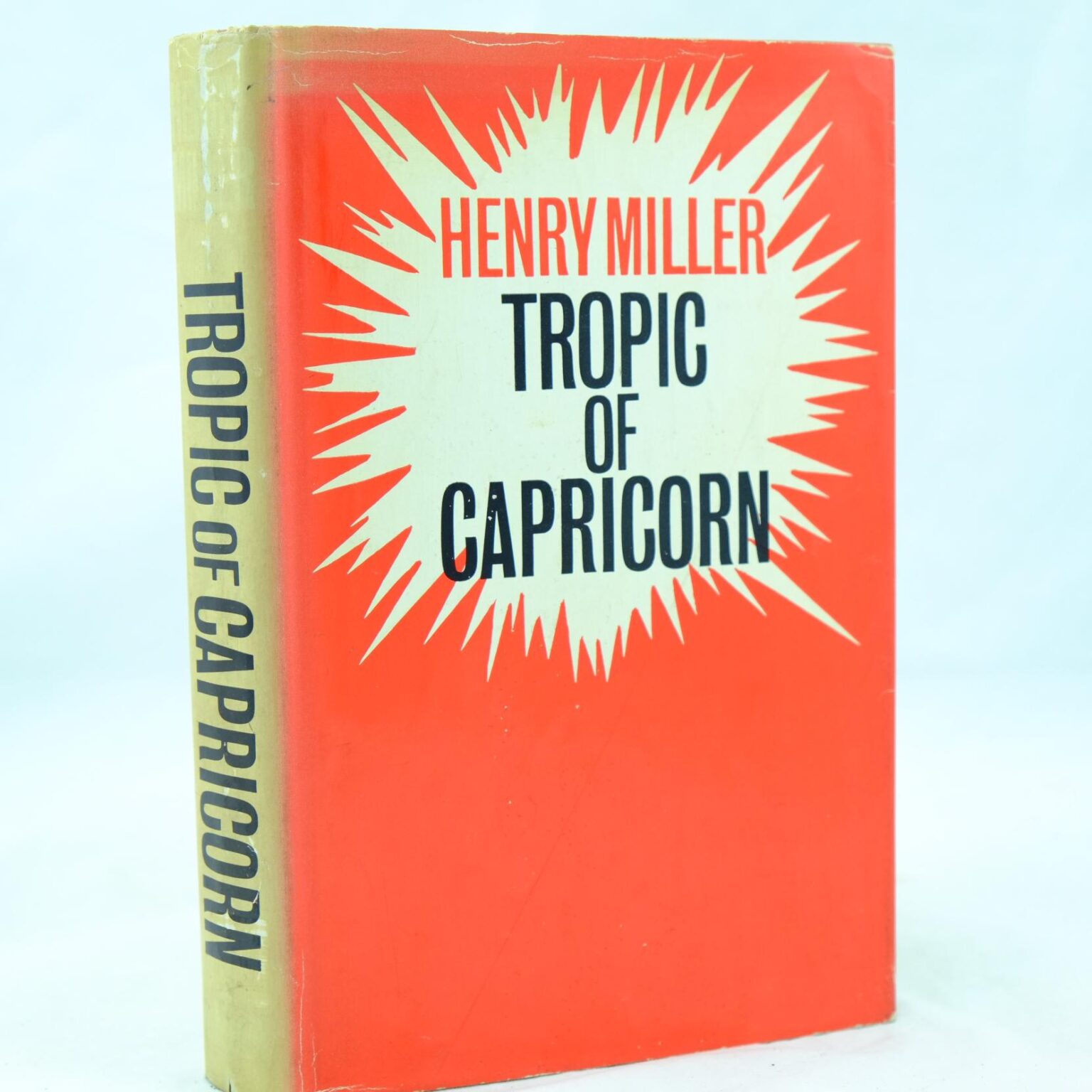

The first is "Henry Miller: A Life," a thoughtful and sympathetic study by Robert Ferguson, the author of a biography of the Norwegian writer Knut Hamsun. There was a good deal of myth-making at work in these books, of course, and now, in the centennial year of Miller's birth, two new biographies of the author have appeared that try to sort out the truth of his life.

"I don't use 'heroes,' incidentally," he wrote, "nor do I write novels. In a letter about "Tropic of Cancer," Miller once underscored the book's autobiographical nature. The books, which were banned in America until the 1960's, combined the exuberant egotism of Whitman with the outrageous invective of Celine, and they created an antic, boastful portrait of the author as lover, barbarian, seer, seeker and sexual conquistador. With "Tropic of Cancer," "Tropic of Capricorn," "Black Spring" and later the three volumes of "The Rosy Crucifixion" ("Sexus," "Plexus" and "Nexus"), Henry Miller blasted the bounds of conventional morality and the rules of literary convention. The Happiest Man Alive A Biography of Henry Miller By Mary V.

Henry Miller A Life By Robert Ferguson Illustrated.


 0 kommentar(er)
0 kommentar(er)
